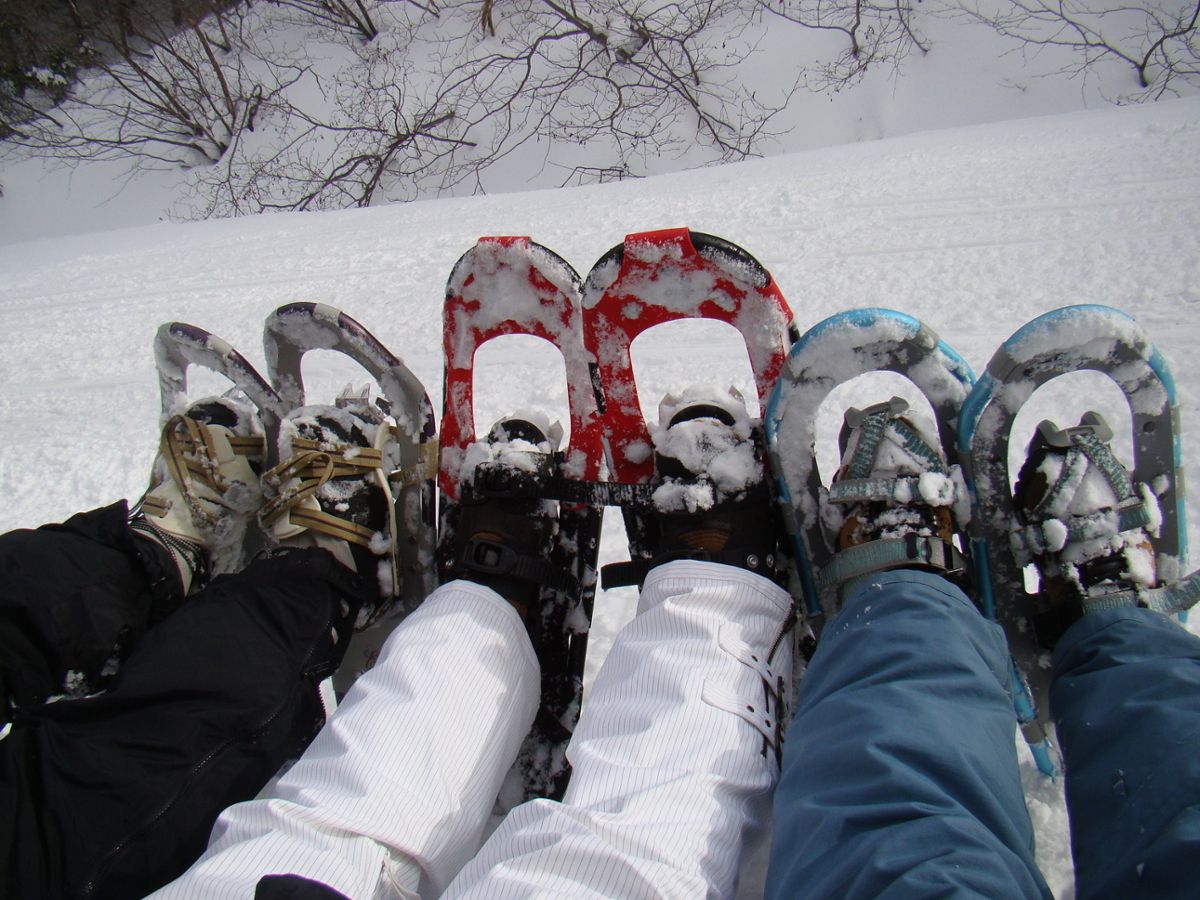One frosty morning you awake to a blanket of fresh snow. Adventure awaits! Do you go skiing? Skating? Building snowmen?
Or you could do some physics! Let me explain: I’m talking about snowshoeing. Sure, this aerobic exercise is a bit more strenuous than a leisurely ramble, but forging a path through knee-high powder would be a lot more work in plain old winter boots.
You might be picturing the snowshoes of yore: wooden and hide contraptions resembling tennis rackets. And it’s true that for thousands of years, Native Americans used snowshoes of wood and leather to travel, and hunt, across wintry terrain. Today, this wintertime gear is more often made of lightweight material like plastic and aluminum. And ancient and modern snowshoes alike vary in shape; some have that tennis-racket-like tail, while others look more like skateboards.
Ready to go for a stroll? Try walking through deep snow in your boots—you immediately sink. That’s because the force of your weight is concentrated in the small surface area of your boot sole. The result? High pressure! Like a nail through paper, your foot pierces the snow. But you’re in luck: if you distribute your weight across a larger surface area, there’s less pressure on a given patch of snow. Less pressure because of a snowshoe’s wide base means that you’re less likely to sink in that knee-high powder.
The shape of the snowshoe also matters. The wide, upturned toe keeps you from plunging your shoe into the snow; the narrower tail allows a natural stride, preventing you from walking bowlegged.
So embrace the snowy day—you don’t have to do much besides walk out your front door.










